With the cold, wet weather in the UK at the moment, many will be in search of an escape for some vitamin D. This winter, why not try Cape Verde for mid-winter temperatures of 21-26°C? Slightly further than the Canary Islands, this archipelago of ten volcanic islands can be found 350 miles off the coast of western Africa and offers mountain hiking as well as sandy beaches to relax on. Direct 6-hour flights are available from numerous UK destinations.
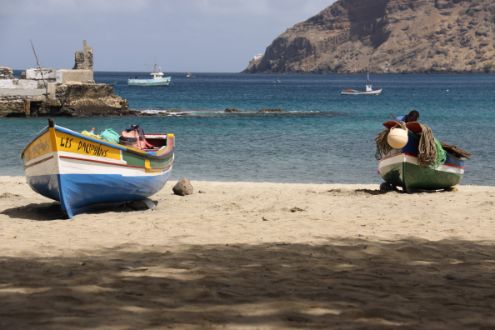
Image Credit: BigMikeSndTech
The majority of the beach resorts can be found on the islands of Sal and Boa Vista. Santa Maria on Sal, one of the more tourism-oriented islands, is a beautiful destination and is recommended as a starting point for first time visitors to the archipelago. The long bay with golden sands and blue seas is ideal for sunbathing, cocktails, and watersports, plus there are a variety of shops, restaurants and bars within a short walk from the main hotels. Those interested in history can also learn about the island’s former salt trade and travel inland to discover a barren landscape; the mirage at Terra Boa appears as an ocean in the middle of the desert.
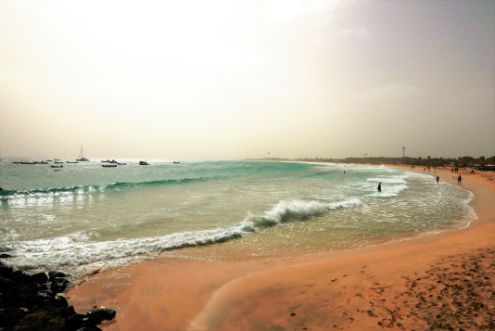
Image Credit: Paul Walter
Boa Vista, known for its fantastic sand dunes, offers a great choice for watersports, whale watching from late February to May, and seeing loggerhead turtles. Praia de Chaves is considered the best beach on the island, and you can even take an excursion to the Viana Desert for even more sand! The atmosphere on the island is relaxed, and has a gentle pace. The main town of Sal Rei in the north-west of the island is home to some interesting architectural landmarks, as well as growing numbers of restaurants and bars.
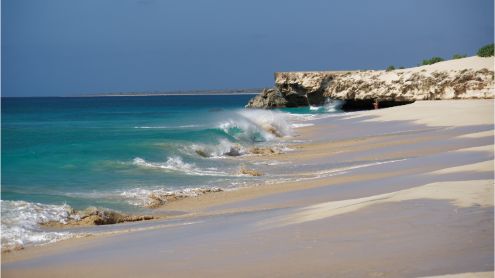
Image Credit: Miguel Discart
If walking is more your thing instead of golden sands, visit the relatively untouched island of Santo Antão to explore the green peaks, towns perching on the edge of cliffs, and luscious craters. Roads meander around Jurassic-like valleys, ravines, and gorges, with impressive views at every turn. Sugar canes, coffee beans, and tropical fruits can all be found, along with fresh natural herbs growing in the hillsides.
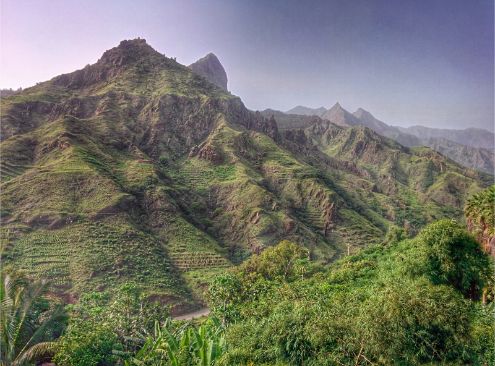
Image Credit: Patrick Savalle
The largest island of the archipelago, Santiago, is home to this nation’s capital, Praia. The old capital of Cidade Velha was the first city to be built by Europeans in West Africa and acted as the main slave trading point between Africa, Europe, and America, so explore this area to learn more about Cape Verde’s history. The city is a registered UNESCO World Heritage Site.
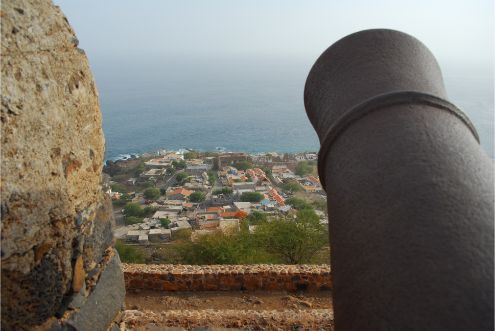
Image Credit: F MIra
The island of Fogo, Portuguese for ‘fire’, is home to a striking volcano which dominates the landscape. The island remains fiery, with many smaller eruptions having taken place inside the 7km wide and 10km long crater since 1785. The peak reaches 2929m above sea level and hikers can trek to Chã das Caldeiras, the highest point in Cape Verde. Thanks to the fertile volcanic soil, Fogo produces a local wine that should be sampled and there are also numerous coffee plantations. Towards the north of the island, visitors can explore a natural lava harbour and a black sandy beach.
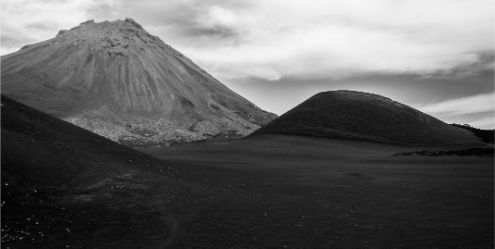
Image Credit: Caroline Granycome
Whilst holidaying in the Cape Verde archipelago, be sure to try the national dish of Cachupa Rica, a stew made with fish, meat, and vegetables, as well as the traditional slow-cooked shellfish Buzio stew. Queijo de Cabra com Doce de Popoia is a typical dessert found on the islands, which includes slices of cabra cheese served with popoia jam.

Image Credit: Ian Simpson
Music is also a common accompaniment at mealtimes. Indeed, music is a part of island life: the morna, unique to the islands, is a traditional melancholic music performed with stringed instruments; the batuko is of African origin with complex drum patterns and trance-like rhythms and dancing; the funana is also African but is based on the accordion and call-and-response vocal patterns. You’ll come home from your holiday with these rhythms in your head!
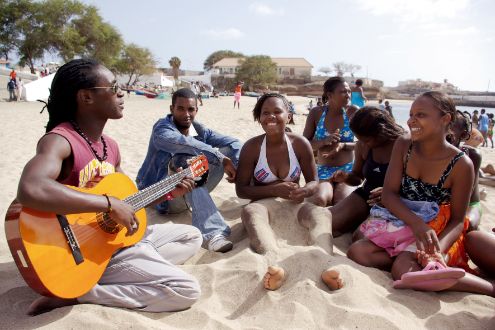
Image Credit: Pascal Subtil
Title Image Credit: Michael Meraner (Image Cropped)